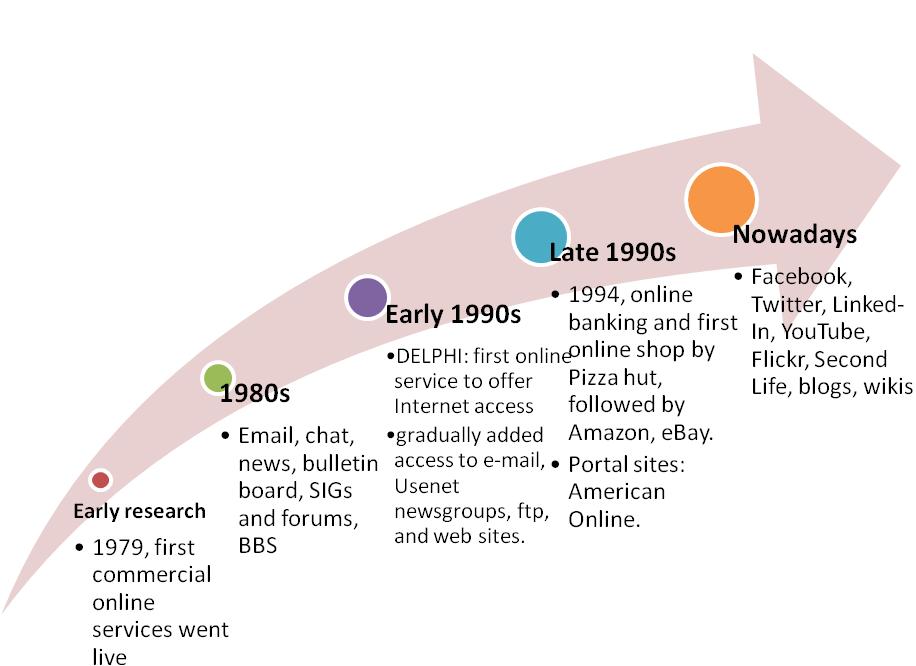Similar to a lot of you reading this, I love history. It’s often comforting to know our forefathers endured challenges that many of us alive today have never had to deal with… Specifically in the U.S, we have never had to witness a full scale attack similar to what the United Kingdom and other European countries went through in the 1940s. We have never witnessed our friends, neighbors, co-workers and even family members be plucked out of society and sent to their deaths on an industrial scale.
But yet, people kept moving forward. In the face of extreme danger, poverty, uncertainty and adversity, most people endured. The British in their wartime propaganda campaigns often used the phrase “Keep Calm and Carry On”. That is exactly what most British did during the Blitz. Society did not stop or shut down completely. They methodically worked around the adversity they were facing. People alive during that time continued to work, socialize and even attend school. Each night when the air raids started, they retreated underground, then started again each new day, until the war ended. It’s events like these that have always fascinated me.
I think that’s part of the powerful allure of nostalgia. It seems that these decades, with their iconic imagery of poodle skirts, rock ‘n’ roll, classic cars, overcoming adversity and seemingly innocence, have left an indelible mark on our cultural consciousness. But is our romanticization of this era entirely justified? The answer, I believe, is far more nuanced.
There’s no denying the charm of the ’40s, ’50s and ’60s, with their idealized family values, wholesome entertainment, and seemingly simpler way of life. However, beneath the surface, this era was far from perfect for everyone. Let’s delve into the reasons behind our rose-tinted view of the past and explore the hidden complexities.
1. Idealized Family Values:
The 1950s and early 1960s are often remembered for their emphasis on traditional family values. The nuclear family was glorified, and the mother’s role was predominantly confined to homemaking. While this may seem idyllic to some, it ignored the aspirations of women who yearned for careers and independence. Women’s rights were restricted, and opportunities for them in the workforce were limited.
2. Racial Inequality:
One of the darkest aspects of this era was the pervasive racial segregation and discrimination that persisted in the United States. African Americans faced systemic racism, with segregation in schools, public places, and unequal access to opportunities. The Civil Rights Movement of the 1960s was a testament to the struggles and hardships endured by Black Americans in their fight for equality.
3. LGBTQ+ Rights:
The ’40s, ’50s and ’60s were an incredibly challenging time for LGBTQ+ individuals. Homosexuality was largely stigmatized and often considered illegal. The famous Stonewall riots in 1969 marked a turning point in the LGBTQ+ rights movement, highlighting the need for acceptance and equality.
4. Cold War Tensions:
These decades were characterized by intense Cold War tensions between the United States and the Soviet Union, which brought about the constant threat of nuclear war. The Cuban Missile Crisis of 1962 was a stark reminder of the world’s vulnerability during this period.
5. Limited Technological Advancements:
While we may associate the ’40s, ’50s and ’60s with simpler times, technological advancements were limited compared to today. Medical treatments, communication, and convenience were not as advanced, leading to challenges in healthcare and daily life.
Our romanticization of this era often focuses on the appealing aspects of these decades while overlooking the harsh realities faced by many. While it’s natural to yearn for the simplicity of the past, we must remember that this era was not good for everyone. Acknowledging the complexities of history allows us to appreciate progress and strive for a more inclusive and equitable future.
Discover more from JohnHigginbotham.com
Subscribe to get the latest posts sent to your email.



